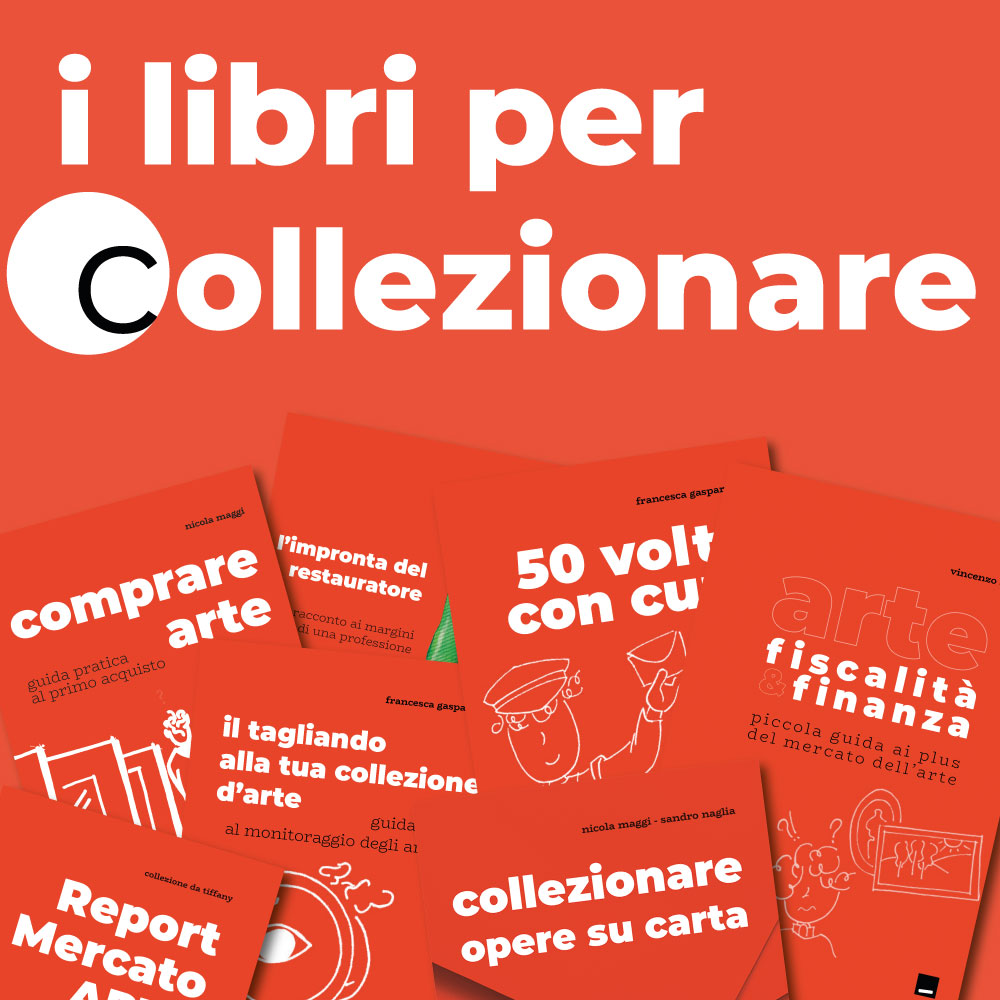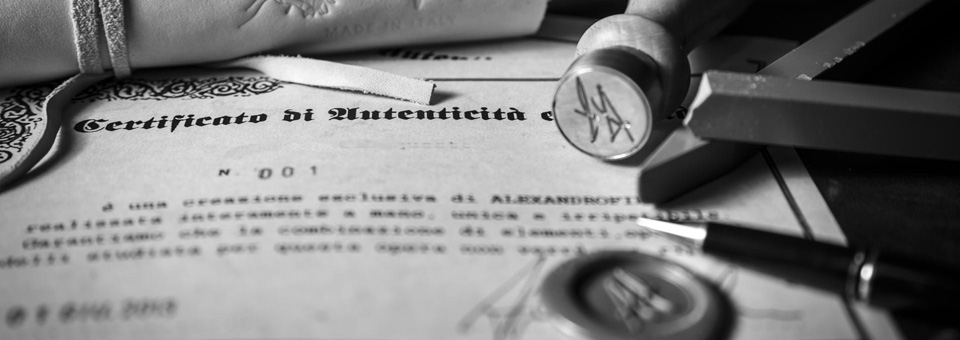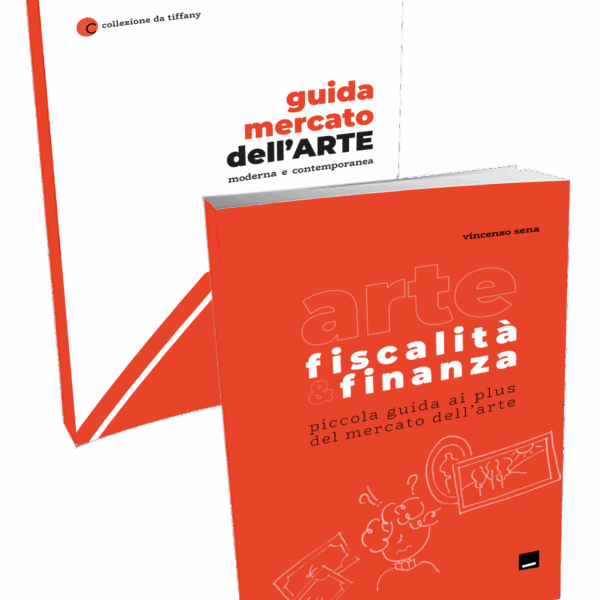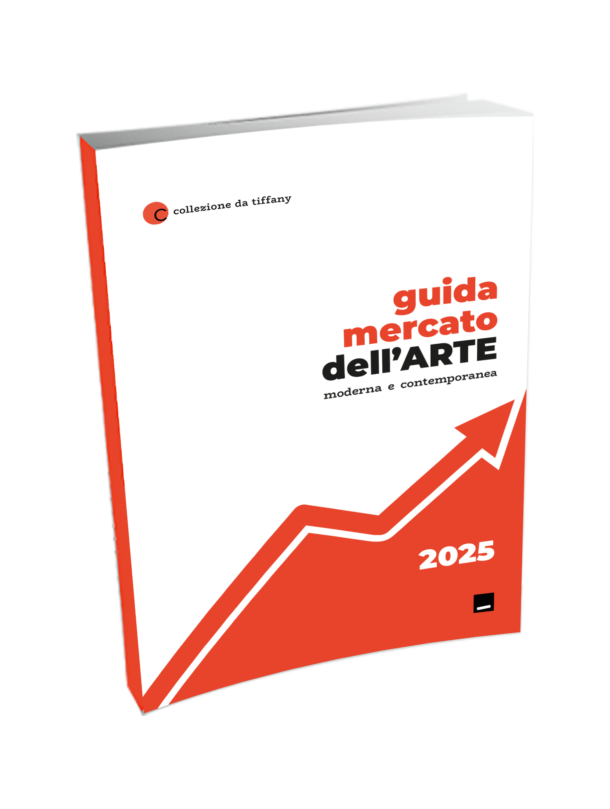To authenticate a work of art is to establish the existence of a certain link between the artwork and the artist. The need for this certificate originated with the beginning of the “authenticity culture” in the 19th century when, as Leo Tolstoy said in his work “What is Art?”, the artistic value is achieved only when an artwork expresses the authentic value of its maker.
Authentication must be distinguished from provenance analysis, which consists of re-constructing the entire chain of ownership from the original artist to the present owner. In the art world providing info as to the provenance is considered to be “persuasive evidence of authenticity”, so provenance supports the authenticity of a work, enhancing its value, despite the distinction between authenticity and provenance is often blurred by the Courts. Another distinction concerns the concept of appraisal, which is only an informed opinion of the value of an artwork, which does not confirm provenance or authenticity. On the contrary, authenticity is the factor that mostly determines the value of an artwork.
Sommario:
1. Art Authentication – 1.1. Case law






